Crocus Companion Plants: Flowers That Will Make Your Garden Pop
Crocus Companion Plants: Flowers That Will Make Your Garden POP
Crocus are one of the earliest flowers to bloom in the spring, and their vibrant colors can brighten up any garden. But what if you want to add even more color and interest to your crocus display? Companion planting is a great way to do just that.
By planting crocus with other spring-blooming plants, you can create a more cohesive and visually appealing garden. You can also extend the flowering season by choosing companion plants that bloom at different times.
Here are a few of the best companion plants for crocus:
- Daffodils: Daffodils are a classic spring flower that pairs well with crocus. They come in a variety of colors, so you can find the perfect ones to complement your crocus. Daffodils also have a long flowering season, so you'll enjoy their blooms for weeks.

- Tulips: Tulips are another popular spring flower that can be planted with crocus. They come in a wide range of colors, so you can create a truly colorful display. Tulips also have a long flowering season, so you'll enjoy their blooms for weeks.

- Irises: Irises are a beautiful and versatile flower that can be planted with crocus. They come in a variety of colors and heights, so you can find the perfect ones to fit your garden. Irises also have a long flowering season, so you'll enjoy their blooms for weeks.
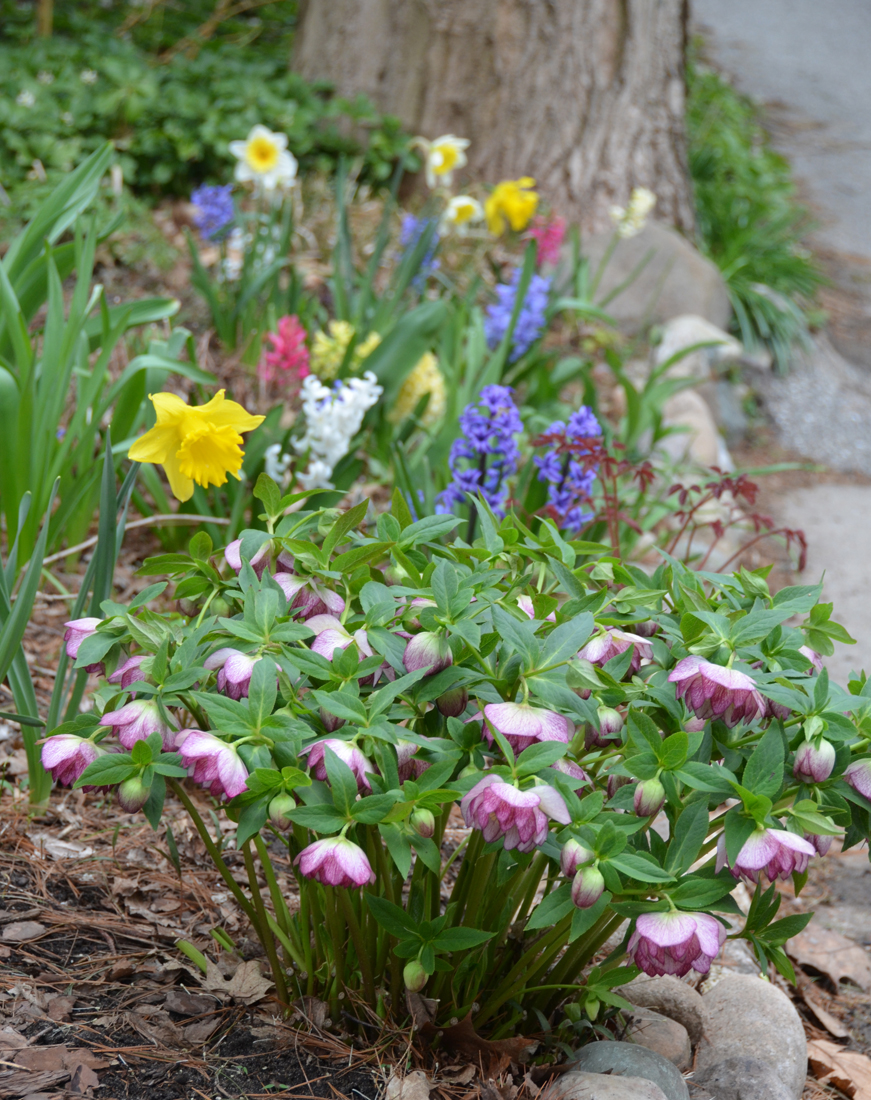
- Scilla: Scilla is a low-growing bulb that blooms in early spring. It comes in a variety of colors, including blue, white, and purple. Scilla is a great choice for companion planting with crocus because it doesn't grow very tall, so it won't overshadow the crocus flowers.

- Snowdrops: Snowdrops are another early-blooming bulb that pairs well with crocus. They come in white and yellow, and they add a touch of elegance to any garden. Snowdrops are also deer-resistant, so you won't have to worry about them being eaten.
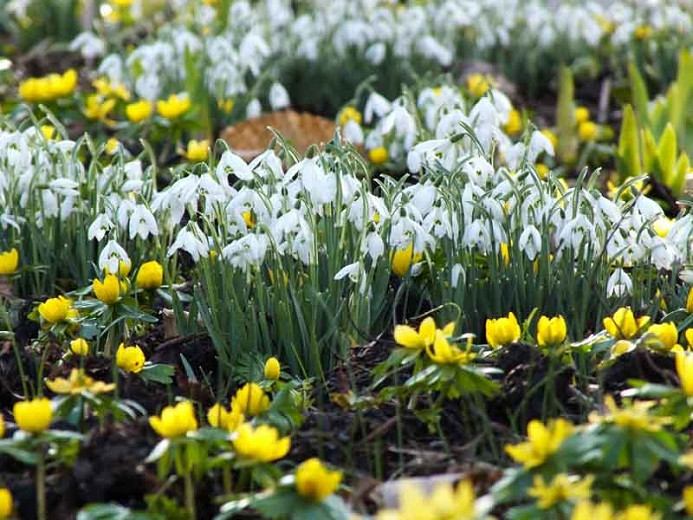
- Viola: Violas, also known as Johnny Jump-Ups, are a cheerful and colorful flower that blooms in early spring. They come in a variety of colors, including yellow, purple, and blue. Violas are a great choice for companion planting with crocus because they're low-growing and they don't require a lot of maintenance.

- Pansies: Pansies are another popular spring flower that can be planted with crocus. They come in a wide range of colors, including yellow, purple, and blue. Pansies are a great choice for companion planting with crocus because they're low-growing and they're easy to care for.

When choosing companion plants for crocus, it's important to consider the following factors:
- Color: Choose companion plants that will complement the colors of your crocus. For example, if you have white crocus, you might want to plant them with blue or yellow flowers.
- Height: Choose companion plants that will be the same height or shorter than your crocus. This will help to create a more balanced and visually appealing display.
- Bloom time: Choose companion plants that bloom at the same time as your crocus or slightly later. This will help to extend the flowering season in your garden.
- Sunlight requirements: Make sure that your companion plants have the same sunlight requirements as your crocus. Crocus prefer full sun, so you'll want to choose companion plants that also prefer full sun.
With a little planning, you can create a beautiful and colorful spring garden by planting crocus with the right companion plants. So get out there and start planting!
Crocosmia is a beautiful and versatile plant that can add a touch of color to any garden. But what plants should you pair it with?
Here are a few suggestions for crocosmia companion plants:
- Dahlias: Dahlias and crocosmia have similar growing requirements and bloom at the same time, so they make great companions. They also come in a wide range of colors, so you can create a truly stunning display.
- Kniphofias: Kniphofias, also known as red hot pokers, are another excellent choice for crocosmia companion plants. They have tall, spiky flowers that contrast beautifully with the crocosmia's more delicate blooms.
- Salvias: Salvias come in a wide range of colors, so you can find one that perfectly complements your crocosmia. They also have a long bloom time, so you'll enjoy their flowers for weeks on end.
- Ornamental grasses: Ornamental grasses add a touch of height and texture to any garden. They also help to soften the edges of the crocosmia's blooms.
For more information about crocosmia companion plants, please visit Garden Wiki.
FAQ of crocosmia companion plants
Q: What are good companion plants for crocosmia?
A: Crocosmias are tall, brightly colored plants that can be a bit of a focal point in the garden. As such, it's important to choose companion plants that will complement their beauty without overwhelming them. Some good options include:
- Zinnia: Zinnias come in a wide range of colors, so you can find some that will perfectly match your crocosmias. They also have similar growing conditions, so they'll thrive in the same type of soil and sunlight.
- Coneflower: Coneflowers are another tall, colorful plant that will look great next to crocosmias. They also attract butterflies and other pollinators, which is a bonus.
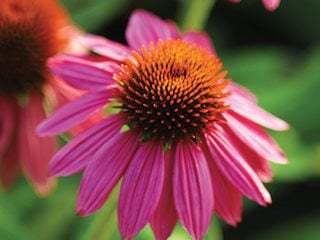
- Sunflower: Sunflowers are a bit taller than crocosmias, but they can still be planted together if you have enough space. They'll add a touch of drama to your garden, and they're also a great source of nectar for birds and bees.
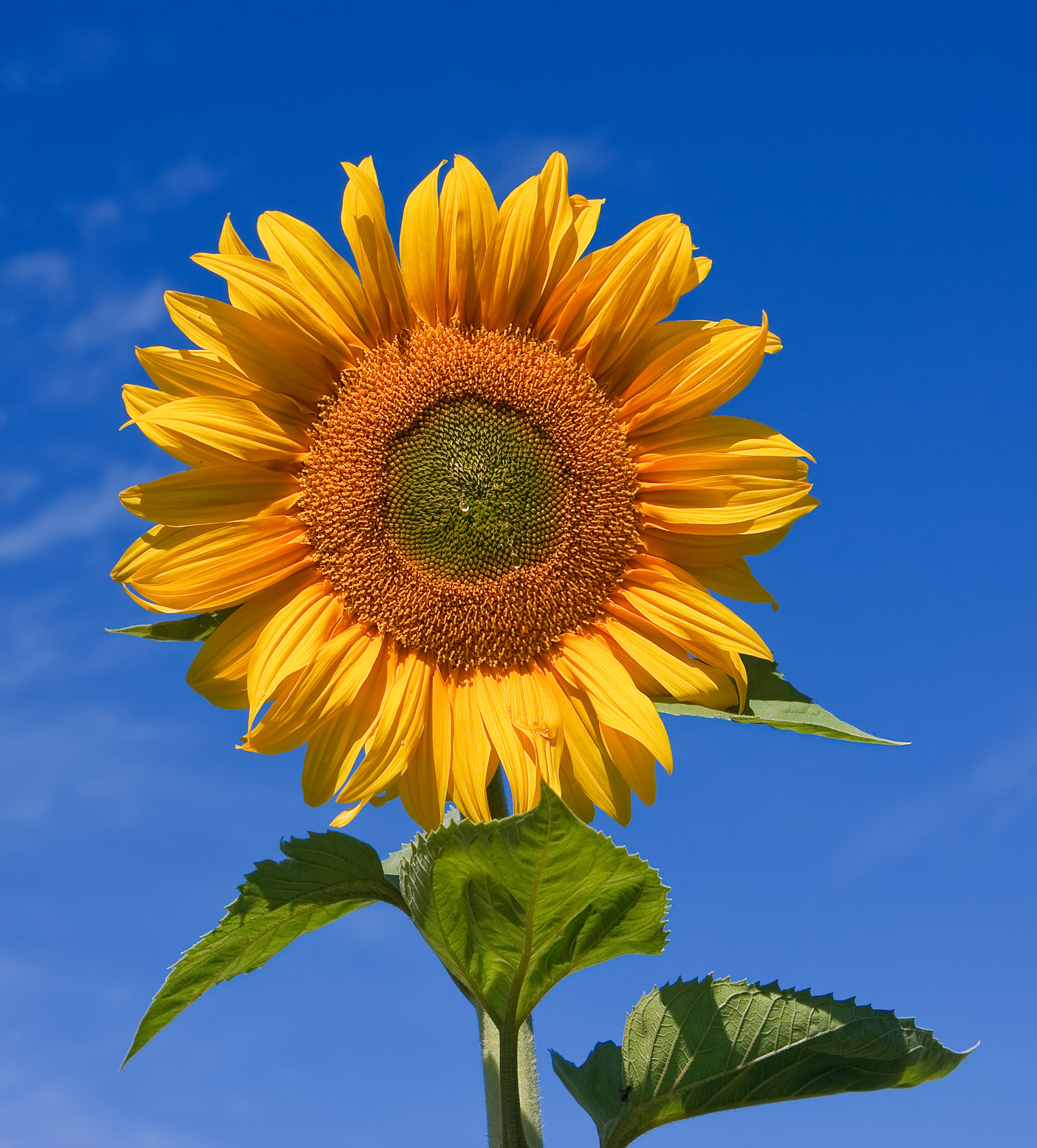
- Verbena: Verbenas are low-maintenance plants that come in a variety of colors. They'll add a touch of softness to your garden, and they'll also help to suppress weeds.

- Agapanthus: Agapanthus are tall, blue or white flowers that will add a touch of elegance to your garden. They're also relatively drought-tolerant, so they're a good choice if you live in an area with hot summers.
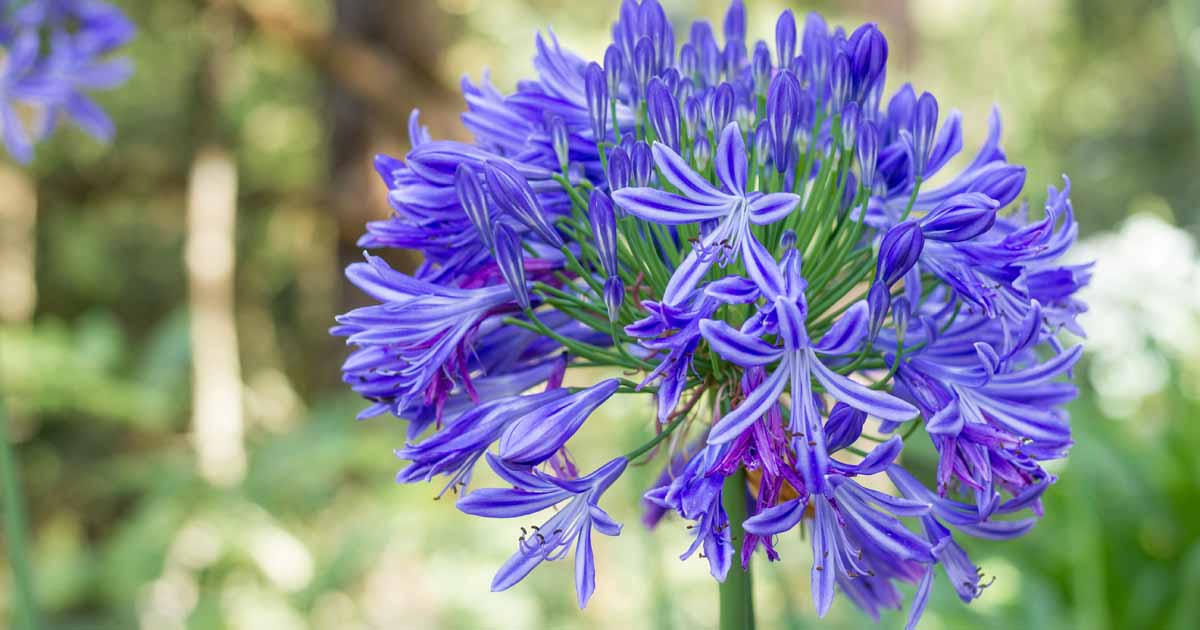
Q: What are the best growing conditions for crocosmia companion plants?
A: The best growing conditions for crocosmia companion plants are similar to those for crocosmias themselves. They need full sun and well-drained soil. They can tolerate some light shade, but flowering may be reduced.
Q: How far apart should crocosmia companion plants be planted?
A: The distance between crocosmia companion plants will depend on the size of the plants. Zinnias and coneflowers can be planted about 12 inches apart, while sunflowers and verbanas can be planted about 18 inches apart. Agapanthus need more space, so they should be planted about 24 inches apart.
Q: How do I care for crocosmia companion plants?
A: Crocosmia companion plants are relatively easy to care for. They need regular watering, especially during the summer months. They should also be fertilized once a month during the growing season. In the fall, the foliage will die back. You can cut it back to the ground, or leave it in place to provide winter interest.
Q: How do I overwinter crocosmia companion plants?
A: Most crocosmia companion plants are hardy in Zones 7 and up. In colder climates, you may need to dig them up and store them in a cool, dry place over the winter.
Image of crocosmia companion plants
- Dahlias: Dahlias and crocosmias are both summer-blooming plants that come in a wide range of colors. They can be planted together to create a stunning display of flowers.
- Salvias: Salvias are another great choice for companion plants for crocosmias. They come in a variety of colors, including blue, purple, and pink, and they can add height and interest to a border.
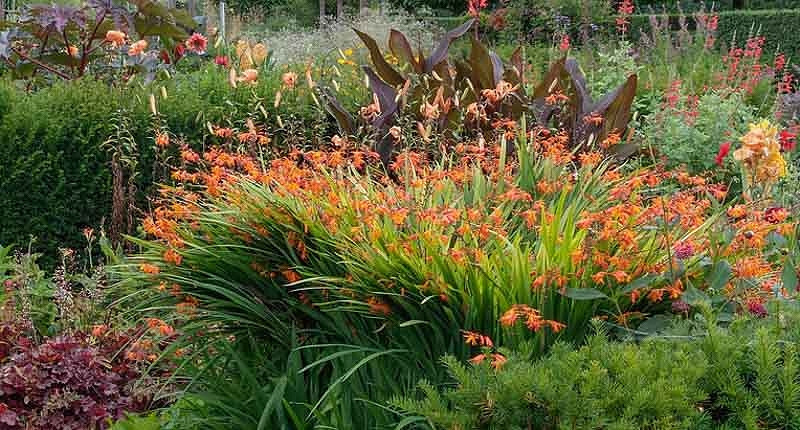
- Canna lilies: Canna lilies are tall, tropical plants that can add a touch of exoticism to a garden. They bloom in a variety of colors, including red, orange, and yellow, and they can be planted in full sun or partial shade.

- Agapanthus: Agapanthus are evergreen plants that produce clusters of blue or white flowers in the summer. They are drought-tolerant and can be planted in full sun or partial shade.

- Verbena: Verbena is a low-maintenance plant that produces clusters of small, colorful flowers. It is a good choice for companion plants for crocosmias because it can tolerate heat and drought.


Post a Comment for "Crocus Companion Plants: Flowers That Will Make Your Garden Pop"